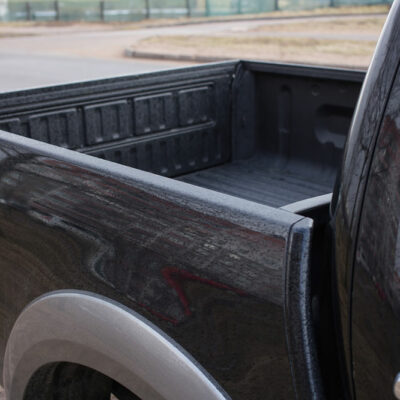
Facts about Spinal Muscular Atrophy
Spinal muscular atrophy is a muscle disorder where a person is unable to do basic physical movements. It is genetic. This involves weakness, atrophy and lesser movement of muscles and bones. Motor neuron deformation is the actual word to describe spinal muscular atrophy. The weakness is mostly on the muscles which are located to the center of the body in comparison to the muscles in distal. This usually worsens as you age and can even lead to complete paralysis of the body.
The different types of spinal muscular atrophy based on genes are respiratory distress type 1 spinal muscular atrophy, X-linked infantile spinal muscular atrophy, spinal muscular atrophy with lower extremity predominance, and spinal muscular atrophy with progressive myoclonic epilepsy. The different types are severe based on aging but at times doctors have seen different spinal muscular atrophy types overlapping with each other. These are all caused by mutations in genes.
There are various treatment options available to cure spinal muscle atrophy. The treatment option depends on the severity of the condition and the condition of the patient.
Symptoms of spinal muscle atrophy
In Type 1 spinal muscular atrophy, which is the most severe of the entire patient will not be able to pull up their head, or move their arms and legs and breathing will be restricted. In type 2 which affects small kids between ages 6 to 18 months will also have issues in moving their legs and hands. Type 3 known as the Kugelberg Welander disease or the juvenile spinal muscular atrophy typically affects children between age 2 to 17 years old. This is a mild form but children would be unable to walk, stand or sit without help. In type 4, muscle twitching, breathing issues, paralysis of the upper body or just the upper arms and chest area are experienced by the patient.
Treatment options for spinal muscle atrophy
Nusinersen aka Spinraza and Onasemnogene abeparvovec-xioi aka Zolgensma are the two FDA approved medications to treat spinal muscular atrophy. Nusinersen is a treatment to adjust the SMN2 gene and allows it to make protein. This medication is used in children and adults. This medicine is injected near the spinal cord and the recovery time is 2 hours and the medication is repeated every 4 months. Studies mention that around 40% people have seen a renaissance in their body movements after the medication. In the case of Zolgensma, they help in replacing the SMN1 gene. This is given to children under two years old. A tiny tube called the catheter is inserted to the vein either on the hand or arm. The SMN gene copy is sent through the IV but carefully sent to only the required motor neuron cells. This medication is done only once and not repeated.
Non-Gene therapy treatments options for spinal muscle atrophy
For movement, a physicist may recommend leg braces, splits, walker, wheelchair, among others. Some customizations can be done to this equipment like the wheelchairs can be made battery operated, can have specific computers, iPads and different technology embedded into it. If we have patients with speaking disabilities due to spinal muscular atrophy, they can connect a screen where the patient in a wheelchair can type and communicate. If they are good artists, they can get these installed to their wheelchairs and still pursue their art forms. Breathing for sma patients can be difficult because of the weak air passageways in the lungs and the muscles surrounding it. Such patients might need a mouthpiece or a special mask in order to help them breathe.


